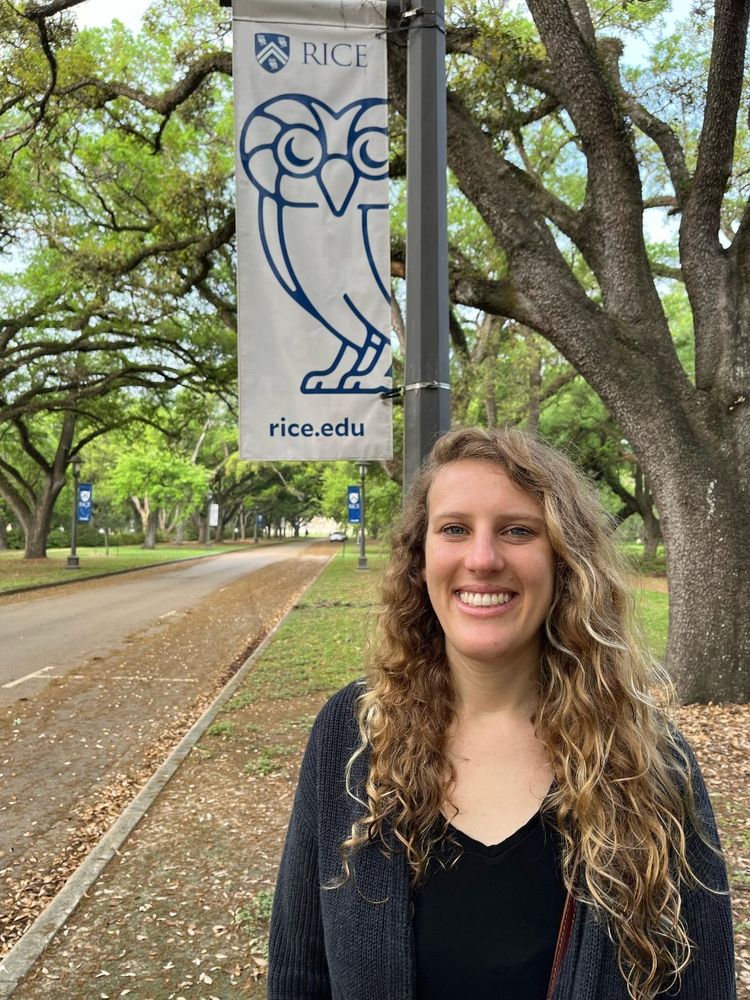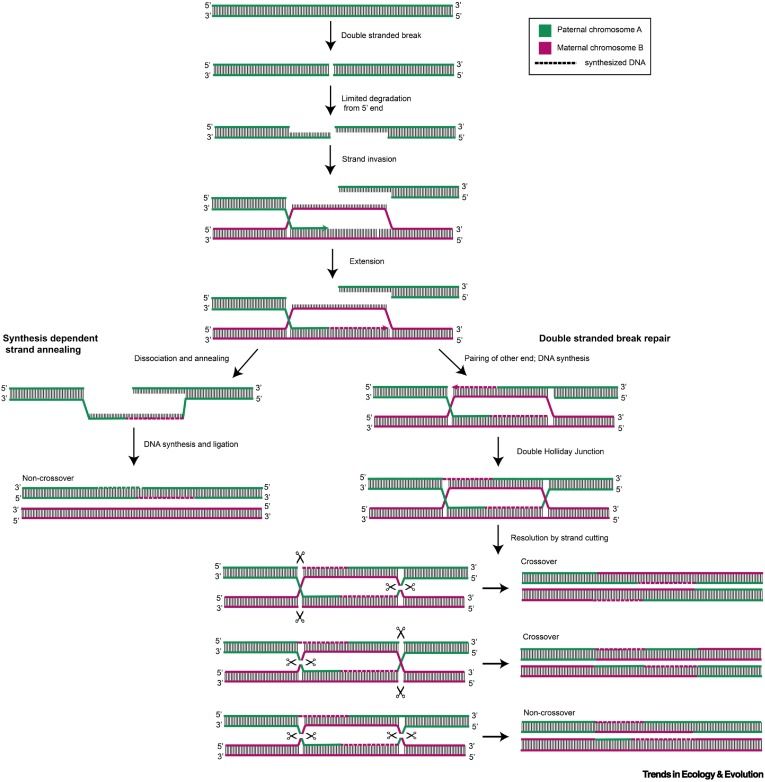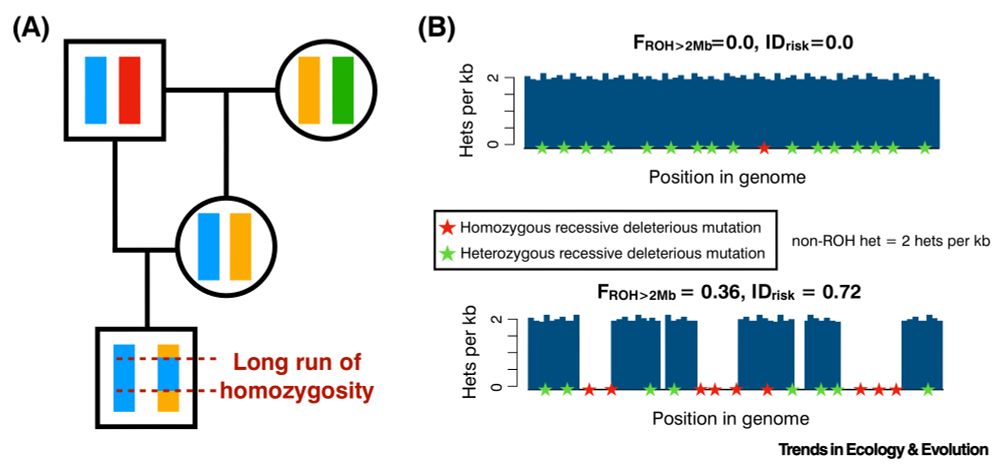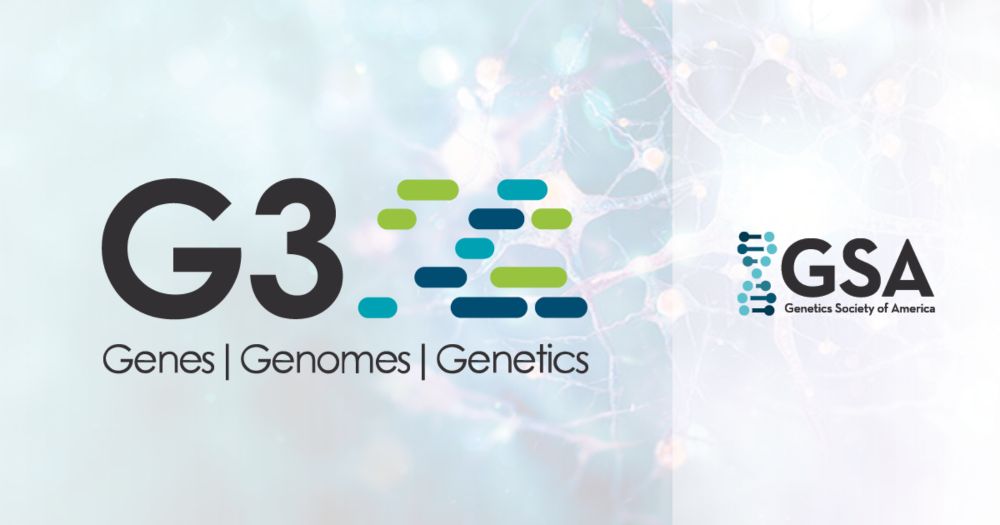Lauren Hennelly
@laurenhennelly.bsky.social
290 followers
400 following
16 posts
Assistant Professor in the Department of BioSciences at Rice University
Evolutionary and population genomics, conservation, reproductive biology, canids
https://sites.google.com/view/laurenhennelly
Posts
Media
Videos
Starter Packs
Pinned
Reposted by Lauren Hennelly
Reposted by Lauren Hennelly
Reposted by Lauren Hennelly
Reposted by Lauren Hennelly
Reposted by Lauren Hennelly
Reposted by Lauren Hennelly
Reposted by Lauren Hennelly
Reposted by Lauren Hennelly
Reposted by Lauren Hennelly
Reposted by Lauren Hennelly
Anton Suvorov
@antonsuvorov.bsky.social
· Aug 23

GhostParser: A highly scalable phylogenomic approach for the identification of ghost introgression
A growing body of empirical research shows that interspecific gene flow is a widespread biological force that shapes evolutionary histories across the Tree of Life. Computational approaches designed t...
www.biorxiv.org
Reposted by Lauren Hennelly
Reposted by Lauren Hennelly
Cedric Boeckx
@cedricboeckx.bsky.social
· Aug 15

Convergent evolution through independent rearrangements in the primate amylase locus
Structurally complex regions of the genome are increasingly recognized as engines of evolutionary convergence due to their propensity to generate recurrent gene duplications that give rise to similar ...
www.biorxiv.org
Reposted by Lauren Hennelly
Joey Hinton
@joeyhinton22.bsky.social
· Jul 25
Reconstructing the history and demise of the red wolf in Alabama: Insights from examining historical records and cultural perspectives - Stacks Journal
Peer-reviewed research - Reconstructing the history and demise of the red wolf in Alabama: Insights from examining historical records and cultural perspectives
stacksjournal.org
Reposted by Lauren Hennelly
Reposted by Lauren Hennelly
Reposted by Lauren Hennelly





















